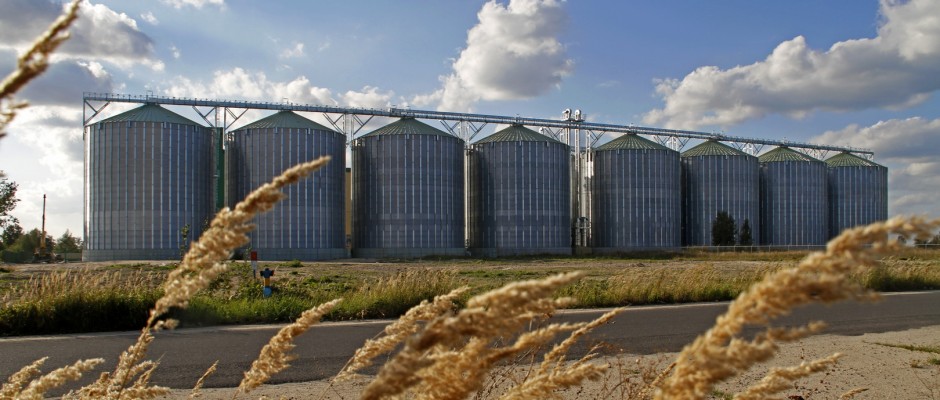Grain transporters is an important part of the grain storage system. When choosing grain transportation equipment we have to take into account the transportation route length, position (horizontal, angled, vertical), efficiency, compatibility (with the drier, cleaner and etc.).



Our Mission Statement
This is Photoshop's version of Loremer Ipsn gravida nibh vel velit auctoregorie sam alquet.Aenean sollicitudin, lorem quis bibendum auci elit consequat ipsutis sem nibh id elit.
Contact Us
- 1-779-333-67992
- info@industrybusiness.com
- 3042 Rotterdam, Netherlands; Van Noortwijcksingel







